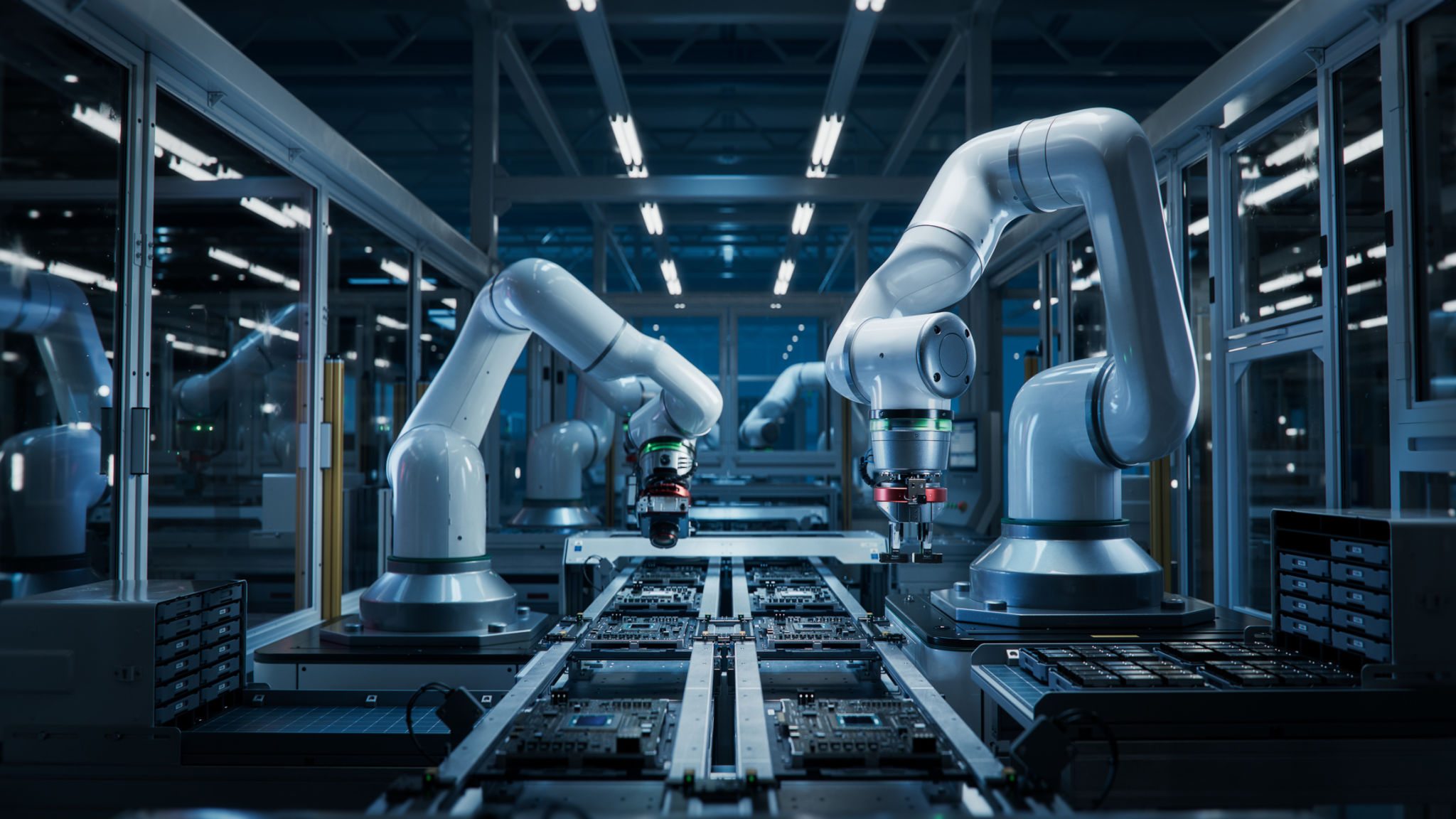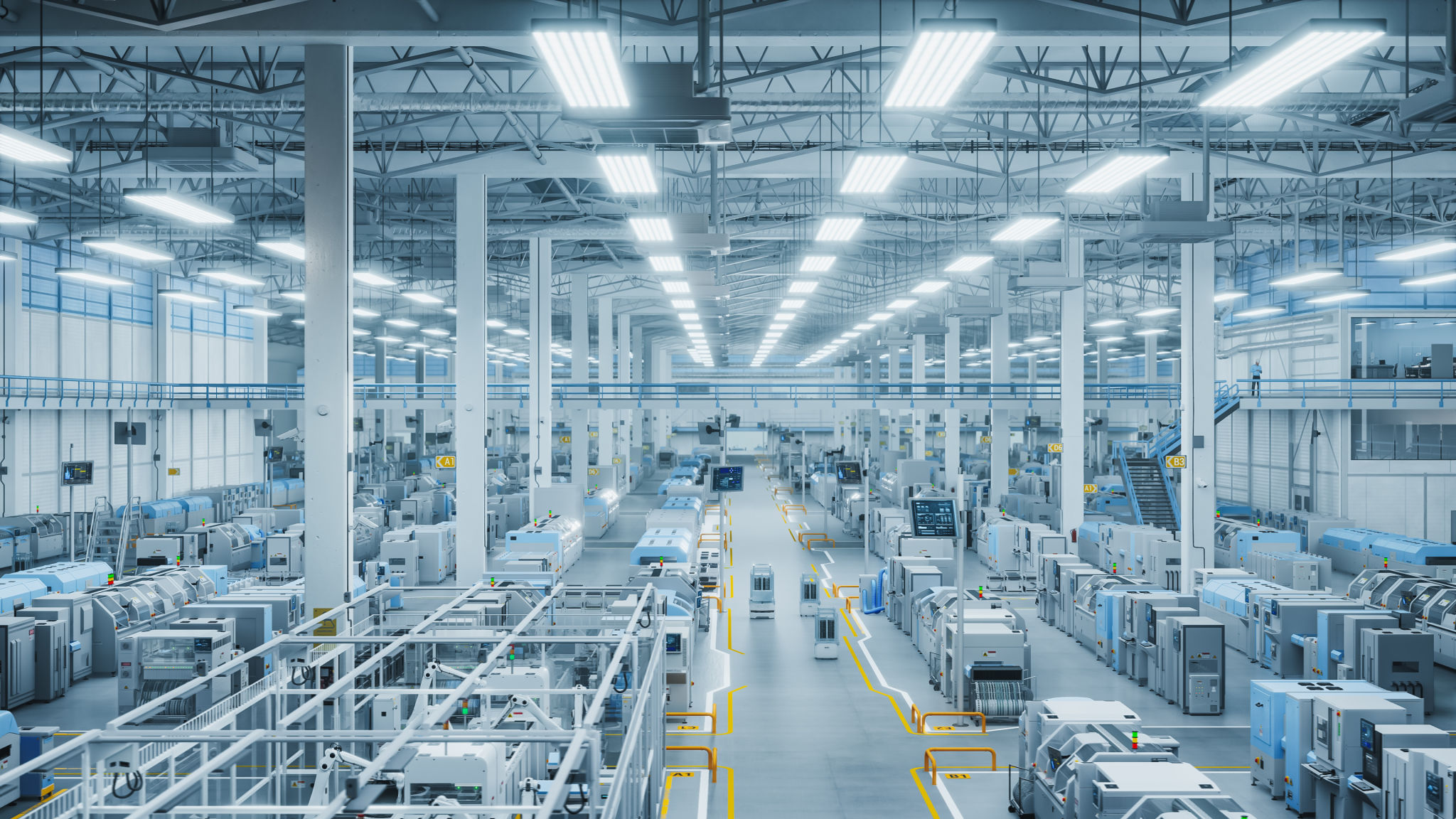Robotics in Manufacturing: Enhancing Efficiency with AI
The Rise of Robotics in Manufacturing
Manufacturing has always been at the forefront of technological advancement. With the integration of robotics and artificial intelligence (AI), the industry is witnessing a transformative change. The adoption of robotics in manufacturing processes has been driven by the need for increased efficiency, precision, and safety. Today, manufacturers are leveraging AI to enhance robotic capabilities, making production lines smarter and more adaptable than ever before.
Robots equipped with AI can perform complex tasks with minimal human intervention, offering a competitive edge to businesses that embrace these innovations. This synergy between robotics and AI is not just a trend but a revolution that promises to redefine the future of manufacturing.

AI-Powered Precision and Efficiency
One of the primary benefits of integrating AI into manufacturing robots is the significant improvement in precision and efficiency. AI algorithms enable robots to learn from data, adapt to new scenarios, and make decisions in real-time. This capability allows for greater accuracy in tasks such as assembly, welding, and quality control.
Manufacturers are now able to produce complex products with tight tolerances that were once deemed impossible. By reducing human error and increasing throughput, AI-powered robots enhance overall productivity, leading to significant cost savings.
Enhanced Flexibility and Adaptability
In today's fast-paced market, the ability to quickly adapt to changes is crucial. AI-driven robotics offers unparalleled flexibility, allowing manufacturers to switch between different product lines with ease. Traditional manufacturing relied on fixed processes, but modern AI systems can analyze production data and optimize operations for varying demands.
This adaptability not only improves efficiency but also reduces downtime associated with retooling and manual adjustments. As a result, companies can maintain a competitive edge by swiftly responding to market trends and customer preferences.

Improving Workplace Safety
Safety is a critical concern in manufacturing environments. Robotics and AI play a vital role in enhancing worker safety by performing hazardous tasks that typically pose risks to human operators. Robots equipped with sensors and AI algorithms can detect potential dangers and react quickly to mitigate them.
By taking on repetitive or dangerous tasks, AI-driven robots allow human workers to focus on more skilled roles, thereby reducing workplace accidents and fostering a safer work environment. This shift not only protects employees but also contributes to overall operational efficiency.
The Future of Robotics in Manufacturing
The future of manufacturing is undoubtedly intertwined with the continued development of robotics and AI technologies. As these technologies evolve, we can expect even more sophisticated applications that push the boundaries of what is currently possible.
Looking ahead, advancements such as collaborative robots (cobots), which work alongside humans, and predictive maintenance powered by AI are set to revolutionize the industry further. These innovations promise to deliver unprecedented levels of efficiency, productivity, and safety.

Conclusion: Embracing the Transformation
The integration of robotics and AI in manufacturing is not just enhancing current processes; it is laying the groundwork for future industry standards. Businesses that embrace this technological evolution stand to benefit significantly from increased efficiency, adaptability, and safety.
As manufacturers continue to explore the potential of AI-driven robotics, the industry will undoubtedly witness new breakthroughs that will shape the landscape of production for years to come. Embracing these changes today is crucial for staying competitive in an ever-evolving market.
